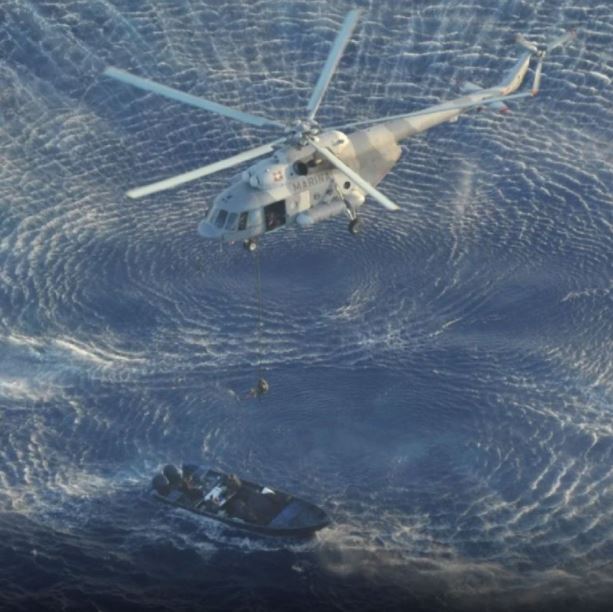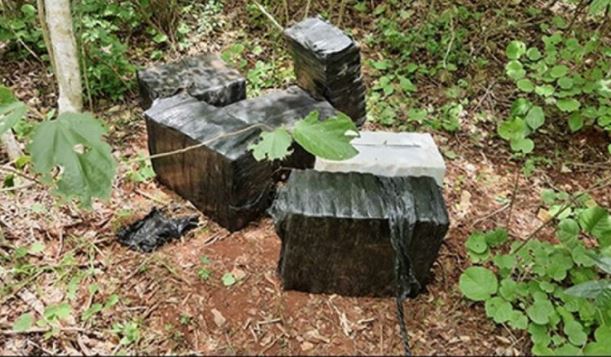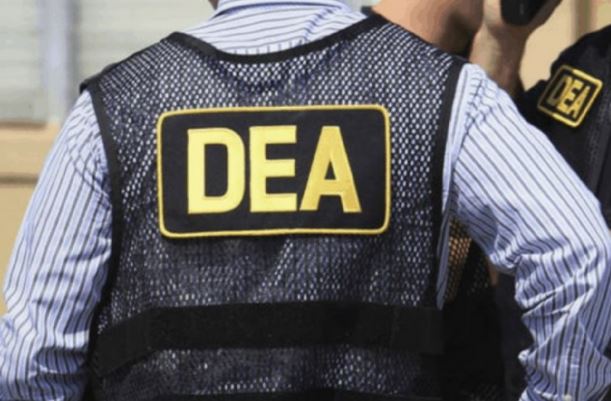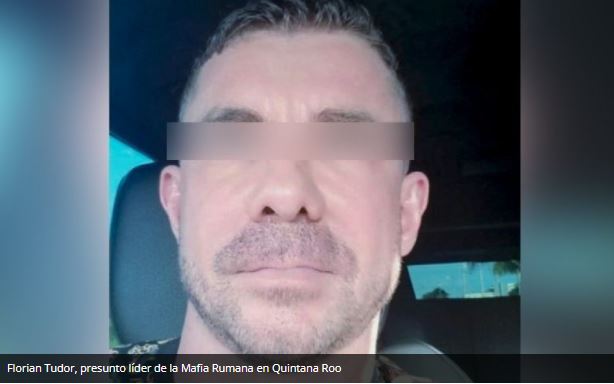A DEA report revealed that the Mexican Caribbean is one of the ‘favorite spots’ for organized crime to set up drug distribution bases, which have the United States as their point of arrival.
(U.S. – DEA).- The destinations of the Mexican Caribbean are not only the tourist attraction par excellence of the country. Being favorite poles for tourists from all over the world, they become a potential market for drugs that accompany the festive atmosphere of Cancun, Playa del Carmen and Tulum. The United States Drug Enforcement Administration (DEA) and the International Criminal Police Organization (Interpol) have detected wanted criminals from at least 12 countries that are residing in Quintana Roo.
In 2020, through a report, the DEA detailed that the State became a “trans-shipment point” for drugs, whose final destination is the United States consumer market.

(Photo: Yucatan a la mano)
Danielle Dreyer, a special agent of the US corporation, who infiltrated the Sinaloa Cartel, explained that since 2018 drugs have arrived in Quintana Roo from Guatemala, Colombia and Venezuela, which are later transferred to the neighboring country by land, air or sea.
The report is part of the criminal proceeding against Mexicans Raymundo Montoya López, Abraham Alfonso García Montoya and Felizardo Díaz Hernández, captured in September 2020 off the coast of Quintana Roo, when on board a boat they intended to transport about three tons of drugs to the United States.
The DEA highlighted that the criminal activity was registered in Chetumal, however, it has also spread to other states of the Yucatan Peninsula, such as Campeche, where it was possible to verify the links that large businesses have with Colombian companies and Central American people to build dozens of clandestine tracks.
Russian Mafia and Eastern countries
For its part, in 2007, Interpol warned about the operation of the Russian Mafia in Cancun, under the modality of organized crime, as they planned large smuggling of drugs, diamonds, weapons and the theft of vehicles to be sent to Spain, Italy and Portugal, through various ports in Quintana Roo, especially on the island of Cozumel.
The report, carried out by the ROCCISS (Regional Organized Counter-Crime Information Sharing System), revealed that there are five organizations based in the Riviera Maya, including: Solntsevskaya, which is Ukrainian, and from Chechnya, Georgia, Armenia, Lithuania, Poland , Croatia, Serbia, Hungary and Romania, including from Albania, identified as Tambosvkaya, Poldolskaya, Mazukinskaya and Izamailovskaya, linked to the main transnational organization known as Vory V Zakone (Thieves of the Law).
Interpol, like the DEA, assured that these criminal groups seek to establish a bridge for drug trafficking, illegal arms trade, money laundering and human trafficking to the United States and control local prostitution and kidnapping.

(Photo: Yucatan a la mano)
Italians have been operating in the Riviera Maya for 22 years
In 2021, another international investigation entitled “Why are tourist resorts attractive for transnational crime? The case of the Riviera Maya”, details that the Italian mafia has been operating in this region of Mexico for 22 years and has managed to go unnoticed thanks to the fact that its members pretend to be businessmen.
After Cancun became the jewel in the tourist crown in 1997, the Italian Mafia saw the destination as an opportunity to start operations in Mexico, especially to move drugs from the Mexican Caribbean to the United States and Latin America.
The Italian mafia began with three leaders, Oreste Pagano, Vincezo Salzano and Iván Fornari, who arrived at the tourist destination as real estate agents, installed in both Cancun and Playa del Carmen, and although two of them have already been captured, their operations in the region are still active as they were made from various companies, properties and gyms.

(Photo: Yucatan a la mano)
Romanians established in Cancun
In 2019 Florian Tudor and Adrián Nicolaé Cosmín were arrested, after the Secretary of the Navy (Semar) detected drug traffickers who were moving along the route of the cenotes with weapons and acquiring large extensions of ejidal land.
Tudor and Cosmín had contact with the mafias of China, India and Indonesia, through which funds stolen from foreign tourists were moved through the cloning of cards.
They were shareholders of an ATM company called Intacash, which they were able to install in Cancun, Isla Mujeres, Playa del Carmen and Tulum and served as an alibi for card cloning.

(Photo: Yucatan a la mano)
Although they were apprehended, after searching their properties and businesses, they were released and they were only given a precautionary measure to show up to sign every 15 days.
In 2021, a federal judge issued justified preventive detention against the Romanians for carrying a firearm for the exclusive use of the Mexican Army, Navy and Air Force, in addition to improperly carrying out more than 5,500 irregular cash disposal operations in Quintana Roo, Yucatan, Mexico City, State of Mexico and Hidalgo.
TYT Newsroom


